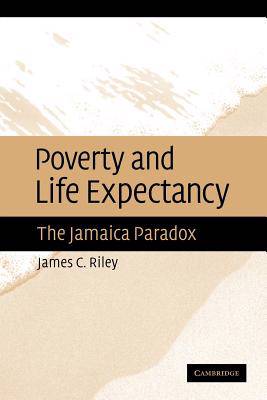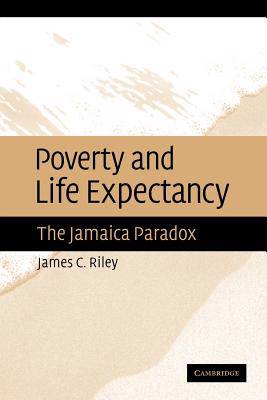
Je cadeautjes zeker op tijd in huis hebben voor de feestdagen? Kom langs in onze winkels en vind het perfecte geschenk!
- Afhalen na 1 uur in een winkel met voorraad
- Gratis thuislevering in België vanaf € 30
- Ruim aanbod met 7 miljoen producten
Je cadeautjes zeker op tijd in huis hebben voor de feestdagen? Kom langs in onze winkels en vind het perfecte geschenk!
- Afhalen na 1 uur in een winkel met voorraad
- Gratis thuislevering in België vanaf € 30
- Ruim aanbod met 7 miljoen producten
Zoeken
€ 64,95
+ 129 punten
Uitvoering
Omschrijving
Poverty and Life Expectancy is a multidisciplinary study that reconstructs Jamaica's rise from low to high life expectancy and explains how that was achieved. Jamaica is one of the small number of countries that have attained a life expectancy nearly matching the rich lands, despite having a much lower level of per capita income. Why this is so is the Jamaica paradox. This book provides an answer, surveying possible explanations of Jamaica's rapid gains in life expectancy. The rich countries could invest large sums in reducing mortality, but Jamaica and other low-income countries had to find inexpensive means of doing so. Jamaica's approach especially emphasized that schoolchildren and their parents master lessons about how to manage disease hazards. This book also argues that low-income countries with high life expectancy, such as Jamaica, provide more realistic models as to how other poor countries where life expectancy remains low can improve survival.
Specificaties
Betrokkenen
- Auteur(s):
- Uitgeverij:
Inhoud
- Aantal bladzijden:
- 250
- Taal:
- Engels
Eigenschappen
- Productcode (EAN):
- 9781107403697
- Verschijningsdatum:
- 27/10/2011
- Uitvoering:
- Paperback
- Formaat:
- Trade paperback (VS)
- Afmetingen:
- 152 mm x 229 mm
- Gewicht:
- 371 g

Alleen bij Standaard Boekhandel
+ 129 punten op je klantenkaart van Standaard Boekhandel
Beoordelingen
We publiceren alleen reviews die voldoen aan de voorwaarden voor reviews. Bekijk onze voorwaarden voor reviews.









